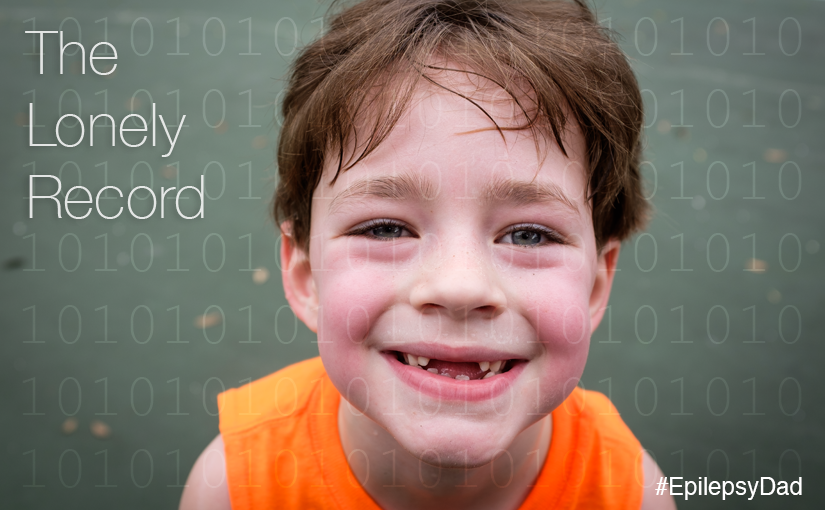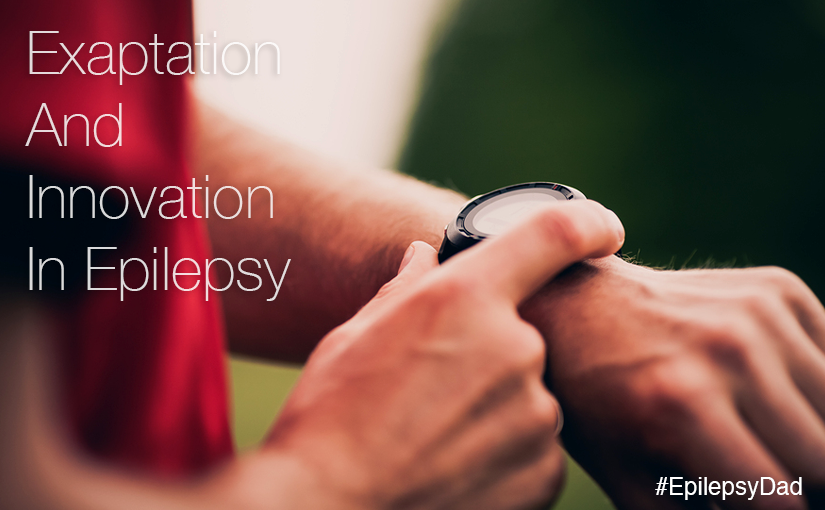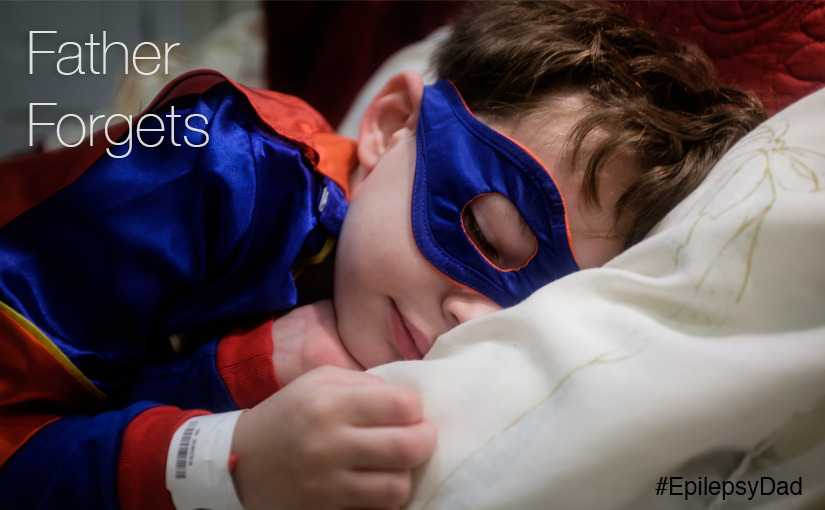Last week, I was listening to the audio book version of Dale Carnegie’s [easyazon_link identifier=”0671027034″ locale=”US” tag=”epilepsydad-20″]How To Win Friends & Influence People[/easyazon_link] on my way to work, and there is a chapter that includes a reproduction of a story by W. Livingston Larned titled “Father Forgets”. By the time the narrator had reached the second paragraph of the story, I had moved myself to the inner edge of the sidewalk, out of the way, and found myself focusing intently on the words. The words that described how I feel most days after my son has gone to bed; the words that describe my interactions with my son and how I correct his every action and why he always seems to be apologizing when he is around me.
It took everything I had to keep my composure as the words penetrated my ears and bounced around in my brain. When the story was over, I skipped back to the start and listened to it again. Then a third time. I was convinced that the story was written for me to hear and I wanted to absorb every syllable.
Navigating this complicated, messy world of epilepsy continues to be a never-ending sequence of impossible situations. But my biggest challenge continues to be separating the condition and its effects from the boy and what is normal or expected at his age. He is so amazing in so many ways and I take that for granted, so I expect him to be amazing in every way and all the time. I forget that he is just a boy. I forget that he is still learning. I overreact hoping that I am curbing any appropriate behavior caused by his medicines or the wiring in his brain when all I am doing is making him feel inadequate and broken and flawed and like he is constantly disappointing me.
In spite of this, he enthusiastically greets me every day when I come home from work. He’ll ask me to play hockey or baseball, or to have a tickle party, because we have fun together, even as I’m wrestling internally to not correct every little thing he does.
I don’t want my son’s childhood to be a constant struggle for perfection. There are enough obstacles and unfair complications in his young life, and I don’t want him to look back on this time and have the happy memories colored with a sense of disappointment.
It is with the most misguided of best intentions that I find myself at the end of the night finding flaws in my own performance and wishing I had done better. Wishing I had taken that deep breath before I replied with a criticism or adding a “but” to a compliment. The habit of finding fault is not an easy one to break.
But the look on his face when I get home lifts my spirits. The laughter at the end of the night inspires me to try again the next day.
Tomorrow, I will try to be a real daddy, too.
Father Forgets
Listen, son: I am saying this as you lie asleep, one little paw crumpled under your cheek and the blond curls stickily wet on your damp forehead. I have stolen into your room alone. Just a few minutes ago, as I sat reading my paper in the library, a stifling wave of remorse swept over me. Guiltily I came to your bedside.
There are the things I was thinking, son: I had been cross to you. I scolded you as you were dressing for school because you gave your face merely a dab with a towel. I took you to task for not cleaning your shoes. I called out angrily when you threw some of your things on the floor.
At breakfast I found fault, too. You spilled things. You gulped down your food. You put your elbows on the table. You spread butter too thick on your bread. And as you started off to play and I made for my train, you turned and waved a hand and called, “Goodbye, Daddy!” and I frowned, and said in reply,
“Hold your shoulders back!”
Then it began all over again in the late afternoon. As I came up the road I spied you, down on your knees, playing marbles. There were holes in your stockings. I humiliated you before your boyfriends by marching you ahead of me to the house. Stockings were expensive‐and if you had to buy them you would be more careful! Imagine that, son, from a father!
Do you remember, later, when I was reading in the library, how you came in timidly, with a sort of hurt look in your eyes? When I glanced up over my paper, impatient at the interruption, you hesitated at the door. “What is it you want?” I snapped. You said nothing, but ran across in one tempestuous plunge, and threw your arms around my neck and kissed me, and your small arms tightened with an affection that God had set blooming in your heart and which even neglect could not wither.
And then you were gone, pattering up the stairs. Well, son, it was shortly afterwards that my paper slipped from my hands and a terrible sickening fear came over me. What has habit been doing to me?
The habit of finding fault, of reprimanding‐this was my reward to you for being a boy. It was not that I did not love you; it was that I expected too much of youth. I was measuring you by the yardstick of my own years.
And there was so much that was good and fine and true in your character. The little heart of you was as big as the dawn itself over the wide hills. This was shown by your spontaneous impulse to rush in and kiss me good night. Nothing else matters tonight, son. I have come to your bedside in the darkness, and I have knelt there, ashamed!
It is feeble atonement; I know you would not understand these things if I told them to you during your waking hours. But tomorrow I will be a real daddy! I will chum with you, and suffer when you suffer, and laugh when you laugh. I will bite my tongue when impatient words come. I will keep saying as if it were a ritual: “He is nothing but a boy‐a little boy!”
I am afraid I have visualized you as a man. Yet as I see you now, son, crumpled and weary in your cot, I see that you are still a baby. Yesterday you were in your mother’s arms, your head on her shoulder. I have asked too much, too much.
-W. Livingston Larned


